High inflation rates are a cause for concern in some countries, making it challenging for people and businesses to manage their finances and plan ahead. In this article, we will explore the top 7 countries with the highest inflation rate in 2023 and examine the factors contributing to this economic phenomenon.
Argentina
Argentina’s inflation rate has surged beyond 100%, marking the highest level in over 30 years, reported The Guardian. The annual rate of 102.5% is negatively affecting purchasing power, savings, economic growth, and the government’s chances in next year’s elections. The people of Argentina are feeling the impact of the rising prices keenly in the markets, shops, and homes, as the nation’s inflation rate is one of the highest in the world, affecting their financial wallets.
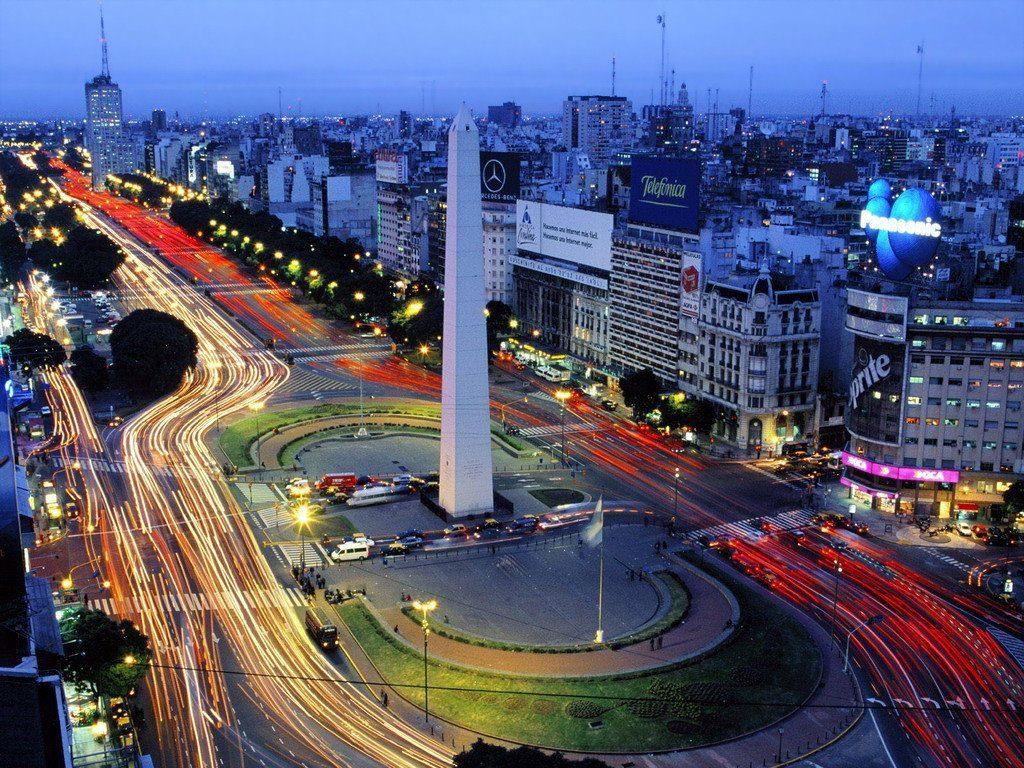
Sudan
The current 2023 inflation rate is recorded at 83.6, according to Take-profit.org. Inflation in Sudan has been on the rise in recent times, mainly caused by the cost of food and beverages, as well as a black market for U.S. currency.
The severe inflation problem led to protests, and eventually the removal of President Omar al-Bashir in April 2019. Currently, Sudan’s transitional government has the responsibility of improving the country’s economy which has suffered from years of mismanagement.
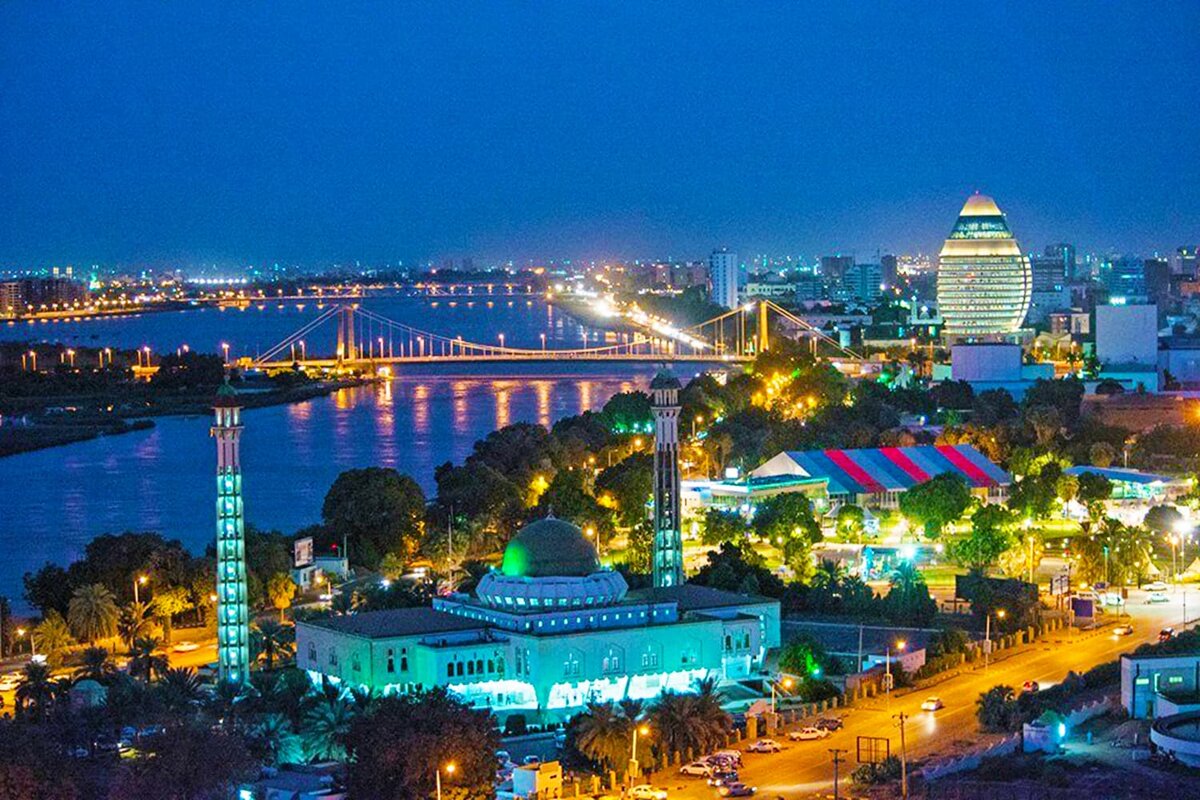
Turkey
Turkey is also included in the list of top 7 countries with highest inflation rate in 2023. As of January 2023, Turkey’s inflation rate stands at 57.7%, the highest among all G20 nations. While the rate has fallen for the third consecutive month, it’s still significantly higher than others in the G20. Health, hospitality, food, and furnishings are the primary drivers of consumer price growth. This follows a period of unprecedented inflationary growth in Turkey, with an increase of more than 60 percentage points in just a year.

Sri Lanka
Sri Lanka’s inflation rate decreased to 50.6% in February 2023 from 51.7% in January 2023. The country has been grappling with increasing prices of commodities for over a year, mostly due to its worst financial crisis since the time of independence in 1948. The CCPI performs as a lead indicator for national prices and depicts how inflation is ever-growing in Colombo, Sri Lanka’s biggest city.

Zimbabwe
In February 2023, Zimbabwe experienced a year-on-year consumer price inflation of 92.3%, which was lower than the previous month’s 229.8%. This downward trend continued from September 2022, and it is the lowest level recorded since March of the previous year. Additionally, consumer prices decreased by 1.6% on a monthly basis, the first decline since June 2018, after a 1.1% increase in the previous month.
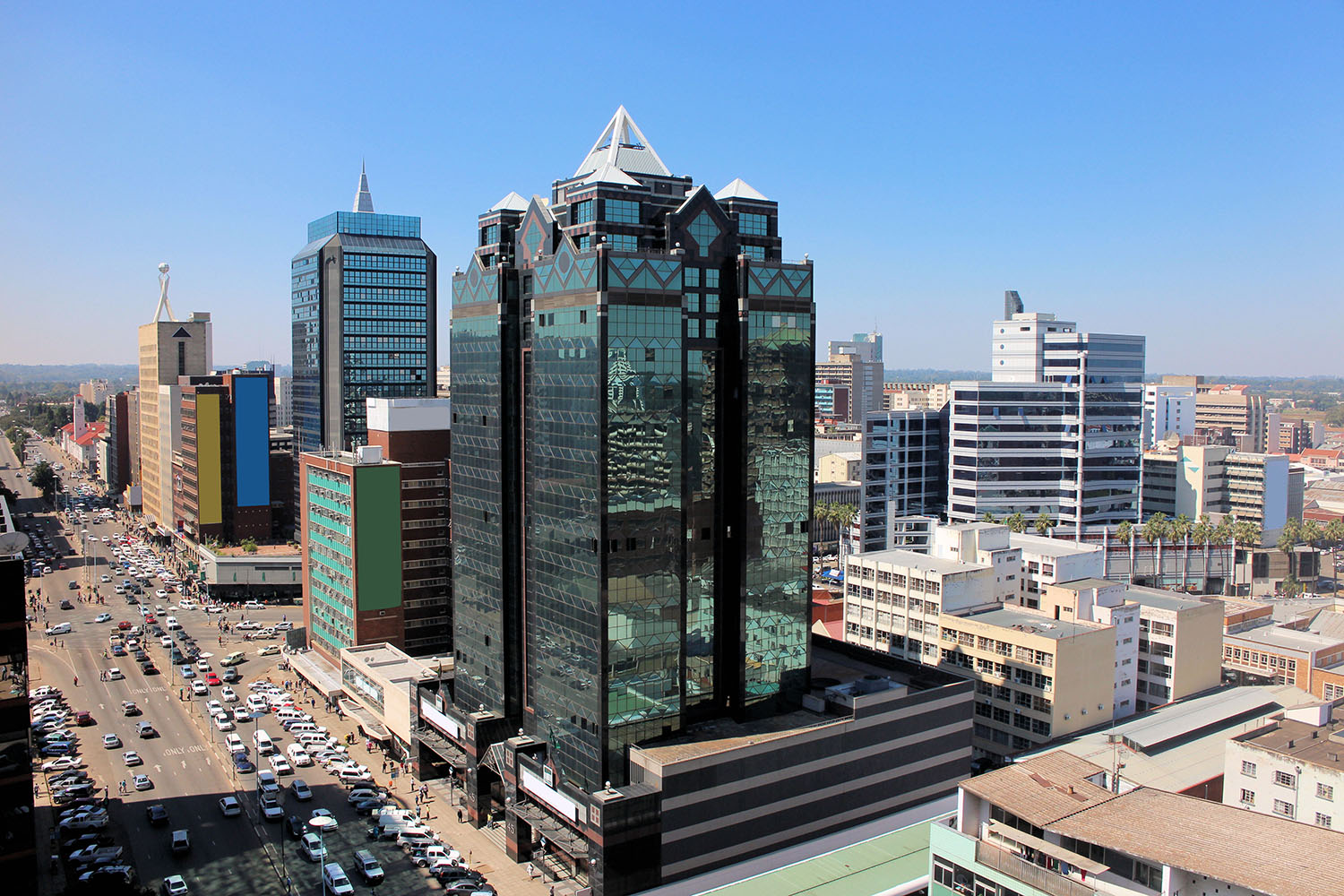
Ethiopia
Over the last 55 years, consumer price inflation in Ethiopia has fluctuated between negative 9.8% and positive 44.4%. In 2023, the projected inflation rate is 32%. On average, the inflation rate was 9.4% per year between 1966 and 2021, resulting in an overall price increase of 11,027.98%. For example, an item that cost 100 birrs in 1966 would now cost 11,127.98 birrs at the start of 2022.
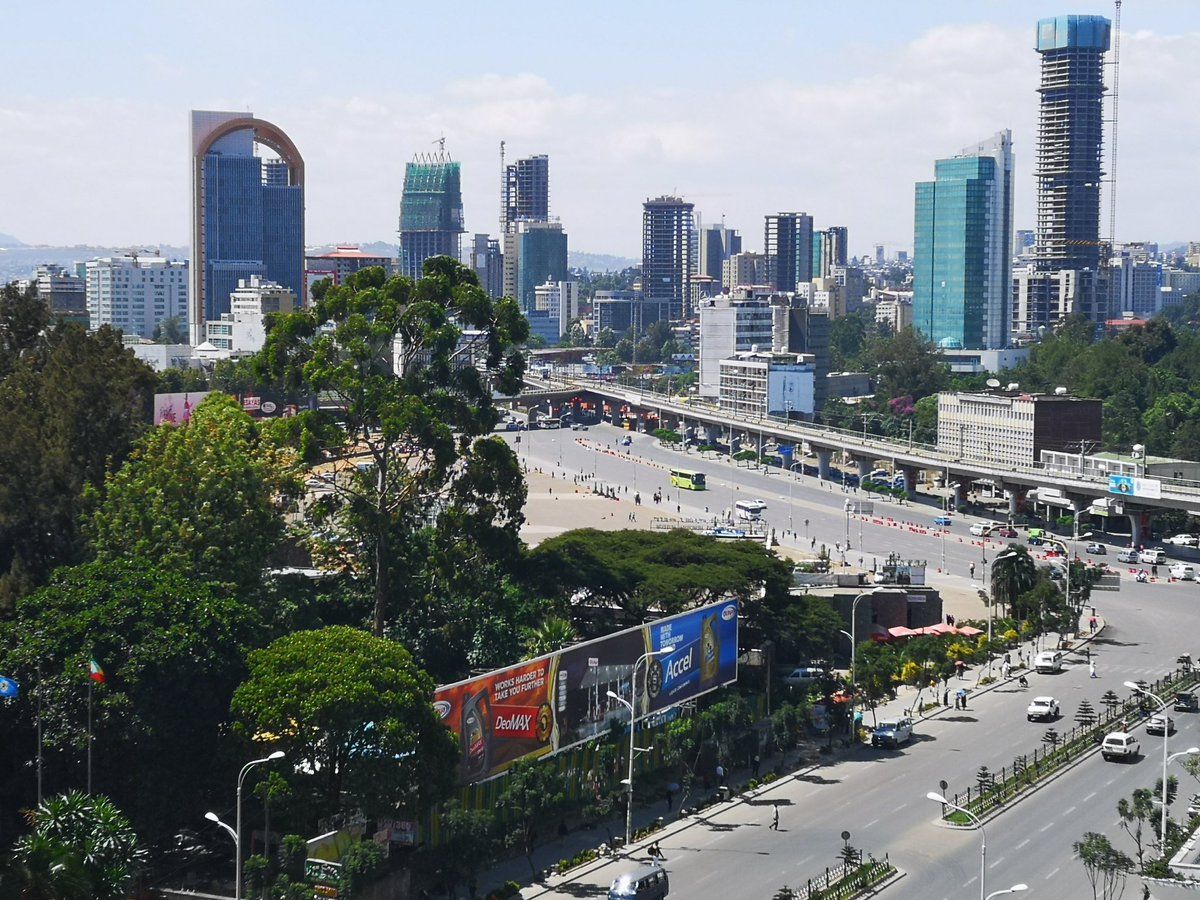
Ghana
In February 2023, Ghana experienced a decrease in its annual inflation rate for the second consecutive month, falling from 53.6% in the previous month to 52.8%. This follows a peak of 54.1% in December, the highest it has been in over 20 years. The reduction in inflation was largely due to the stability of the cedi currency and a decline in international oil prices.
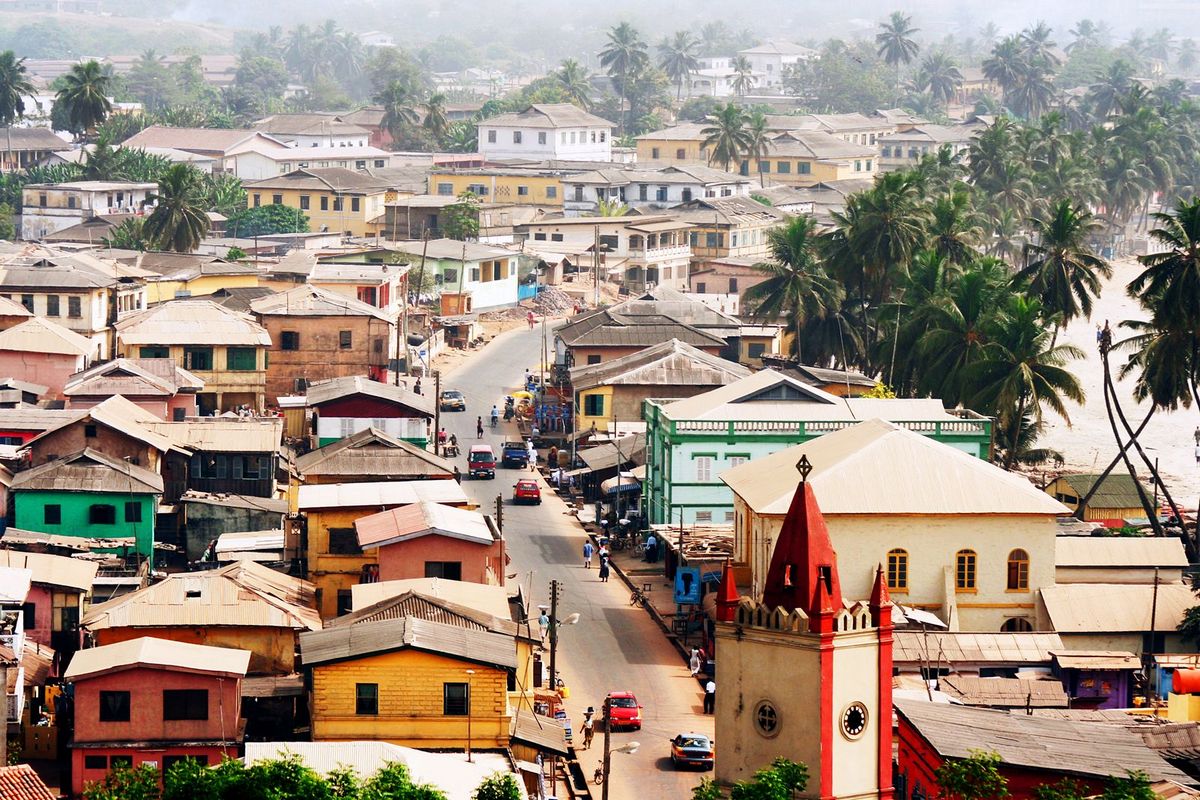


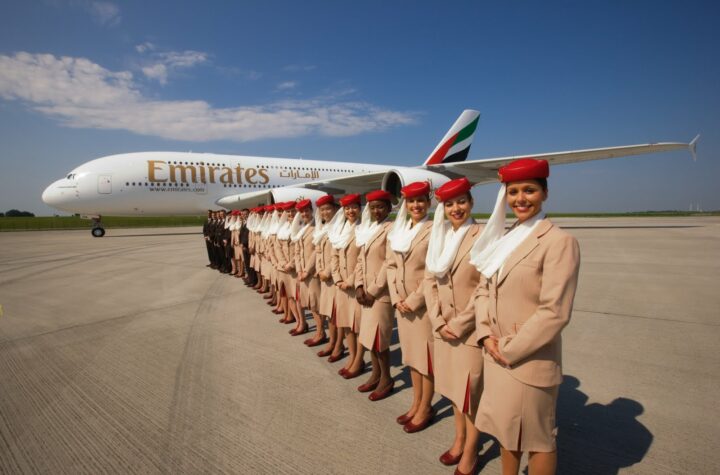

Related Posts
Top-7 Most Expensive Dogs in the World
7 Most Expensive Cats in the World 2023
Top-7 most luxurious and expensive airlines in the world